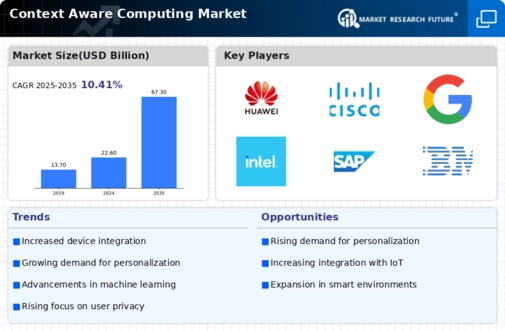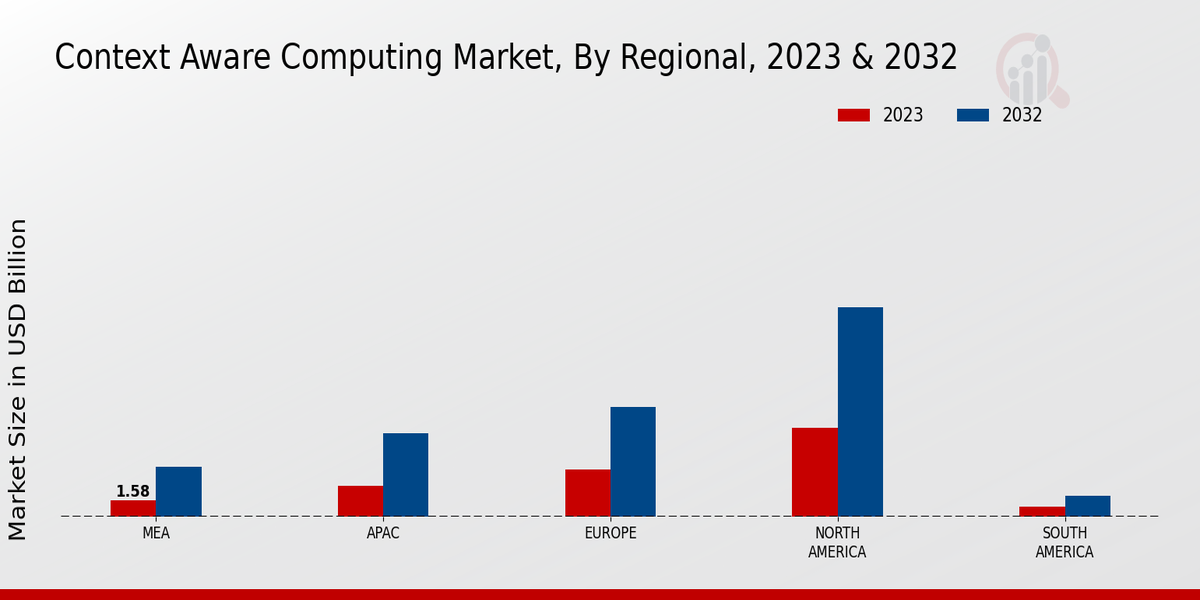The global context-aware computing market is a rapidly evolving domain that enhances user experience through adaptive systems that respond to contextual cues. As technology advances, the demand for smarter, context-aware solutions is surging across various sectors, including healthcare, automotive, and consumer electronics. In this competitive landscape, organizations are focusing on leveraging artificial intelligence, machine learning, and big data to drive innovation. Companies are investing significantly in research and development to create cutting-edge applications that offer personalized experiences to users.
Analyzing the competitive dynamics within this market reveals a complex interplay of established players and emerging startups striving to carve a niche by addressing diverse customer needs and preferences. Huawei has established a strong foothold in the global context-aware computing market through its robust product portfolio and commitment to innovation. The company’s advanced technological capabilities allow it to develop sophisticated solutions that seamlessly integrate various contextual parameters, enhancing user interaction with devices.
Huawei’s focus on 5G technology further amplifies its market presence by enabling real-time data processing and context-aware applications that operate efficiently in diverse environments. The organization’s strategic partnerships and extensive research efforts have positioned it as a leader in the implementation of context-aware systems, providing solutions that cater to both individual consumers and enterprise-level clients. The strength of Huawei lies in its continuous innovation and investment in next-generation technology, ensuring that its offerings remain relevant amid a changing landscape.
Cisco is another prominent player in the global context-aware computing market, known for its expansive expertise in networking and communication solutions. The company leverages its established infrastructure to develop context-aware applications that enhance connectivity and data sharing across platforms.
Cisco’s strength lies in its ability to provide integrated solutions that enhance operational efficiency while adapting to real-time contextual data. By capitalizing on its extensive experience and reputation in the industry, Cisco is well-positioned to deliver context-aware computing solutions that meet the evolving demands of enterprises.
The collaboration with various stakeholders, including developers and technology partners, not only strengthens its market presence but also fosters innovation, enabling Cisco to stay ahead in the competitive landscape. The company’s dedication to creating secure and scalable context-aware systems further bolsters its attractiveness to clients looking for reliable solutions.















